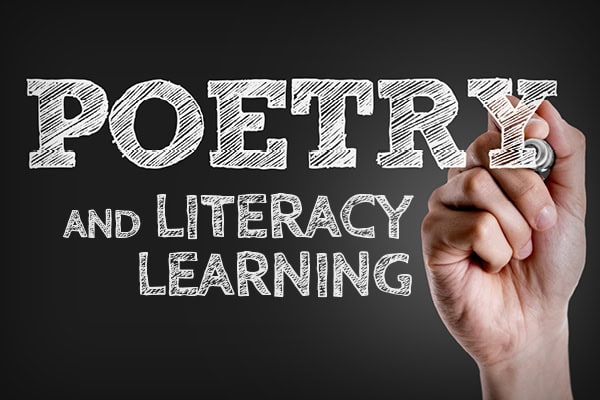Weaving poetry, including spoken word performances, into literacy curricula can improve student engagement and bring positive results in reading fluency, according to an article in K-12 Dive.
Poetry can fulfill all the primary requirements under the “science of reading” approach, including phonemic awareness, fluency and comprehension, says Timothy Rasinski, professor emeritus of literacy education at Kent State University in Ohio. For instance, nursery rhymes often help children begin to learn phonics before they start school, he said.
“When you come to a work you don’t know, you don’t sound it out letter for letter, but look for patterns, rhyming patterns. And poetry is filled with that,” Rasinski says. “It fits well into a phonics lesson.”
“I find poetry is a good gateway into fluency,” Rasinski says. “The last thing a student may want to do is read a 180-page novel. But they can learn how to recite a poem.”
Giving students a sense of purpose — why they are learning a particular piece, for example — can also help to encourage them not just to learn a poem, but to have the motivation to know it well.
He suggests educators can assign students a poem by Amanda Gorman, Robert Frost, Rita Dove, Shel Silverstein, or Langston Hughes. Students can then learn the poem, rehearse it aloud, and then perform it for their classmates — or even take it home and read it to their parents or grandparents.
Says Rasinksi: “Kids not only grow as readers, but they feel they’ve achieved success, because they can learn to read something well.”
K-12 Dive





